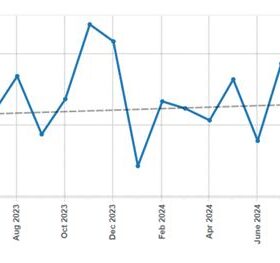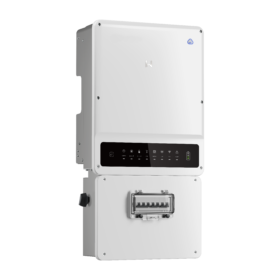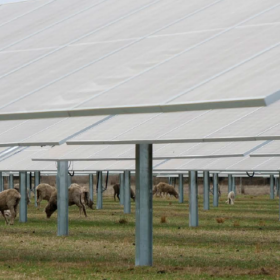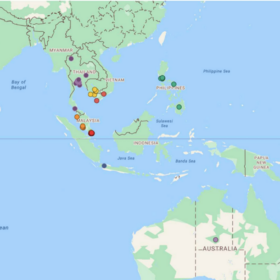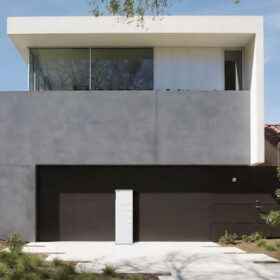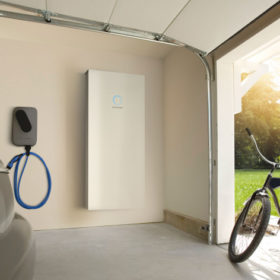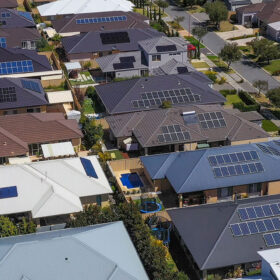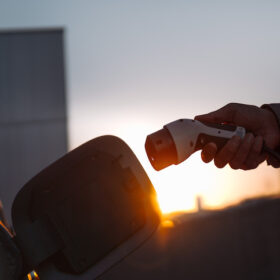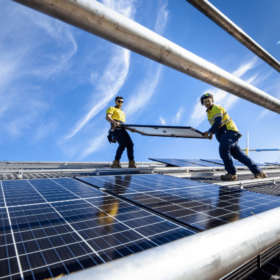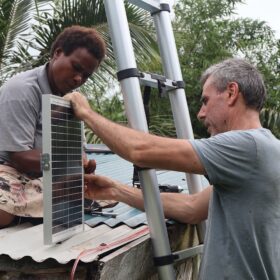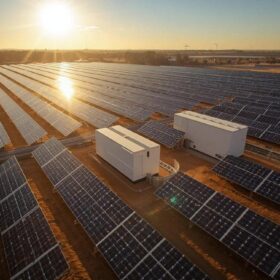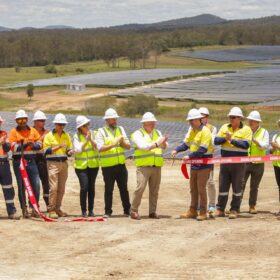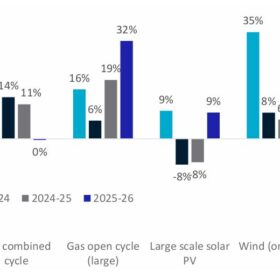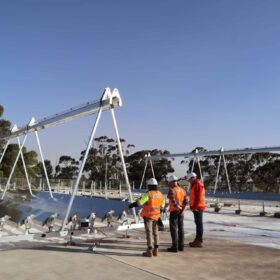SunWiz points out slowdown in rooftop solar install rates
The latest monthly update from market analyst SunWiz shows 253 MW of new rooftop solar capacity was installed across Australia in March 2025, up 4 MW on the 248 MW that was installed during the previous month.
GoodWe unveils hybrid inverters for larger residential applications
GoodWe says its new EHB single-phase hybrid inverters suit larger residential energy storage applications with the series supporting 200% PV oversizing, allowing for systems up to 20 kW in size.
Large-scale solar development locations have role in biodiversity protection
The location of large-scale solar farm developments can play a significant role in protecting biodiversity says a new report that charts a path for clean energy projects to avoid areas with conservation value and alternatively explore the benefits of agrivoltaics.
SERIS launches solar asset management spinoff
The Solar Energy Research Institute of Singapore has launched PV Doctor, a startup that provides real-time monitoring and diagnostics to help solar installation owners maintain long-term asset value.
NSW peak demand backed up by 7,800 home battery installations in 5 months
More than 7,800 home batteries have been installed since 1 November 2024 under a New South Wales peak demand reduction scheme rebate, which includes an incentive to connect solar battery systems to virtual power plants.
Prime Minister vows $2.3 billion battery subsidy scheme if re-elected
The Albanese government has pledged a $2.3 billion residential virtual power plant-ready battery uncapped subsidy scheme if re-elected, that could stimulate an anticipated million battery installations by 2030.
Senate inquiry recommends households install rooftop solar and batteries
The Australian senate inquiry into residential electrification final report gives bipartisan support to leverage rooftop solar and recommends federal, state and territory governments promote the uptake of consumer energy resources.
Cloud electric vehicle-to-grid battery optimisation methods researched
Cloud energy storage has been investigated as an efficient optimisation method for vehicle-to-grid charging stations, where power between them could be exchanged without physical connections.
27 million solar panels needed for Victoria’s 2035 renewables targets
Victoria’s 2035 renewables target is forecast to require 27 million solar panels raising concerns over end-of-life management, with a government modelling forecast that tonnages of photovoltaic system e-waste will increase around 20% per annum over the next decade.
PowerWells helps Vanuatu women take charge of off-grid solar power systems
Brisbane e-waste to solar technology company PowerWells has supported a collaboration helping women in a remote Vanuatu village to end their energy poverty, with the ongoing installation of solar systems on 115 dwellings.
